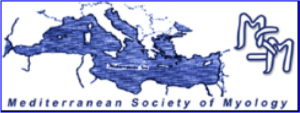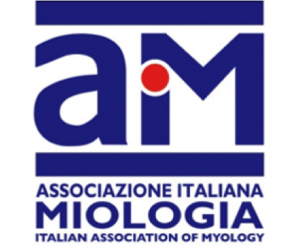Objectives. Cross-sectional studies reported fatigue in 50-90% of patients with myotonic dystrophy type 1 (DM1). The aim of this research was to assess frequency of fatigue in DM1 patients during a seven-year period.
Materials and methods. Study included 64 DM1 patients at baseline (50% males, age 42 ± 12 years), and 38 after seven years. Following scales were used: Muscular Impairment Rating Scale (MIRS), Fatigue Severity Scale (FSS, score equal to or greater than 36 indicates significant fatigue), and Daytime Sleepiness Scale (DSS, score of more than six is considered significant).
Results. At baseline, 54% of DM1 patients had fatigue and 46% had excessive daytime sleepiness (EDS). Ten (32%) patients with fatigue had no EDS. At the baseline, patients with fatigue were older, were more likely to had adult-onset DM1, worse MIRS and DSS compared to the patients without fatigue. After seven years, FSS score increased (34 ± 15 vs 48 14, p < 0.01), fatigue was found in 82% of patients, and EDS in 60%. Still eight (26%) patients with fatigue had no EDS. Fatigue progression did not parallel MIRS increase.
Conclusions. Fatigue is a common symptom of DM1 and its progression during time did not correlate with the progression of muscle weakness.






